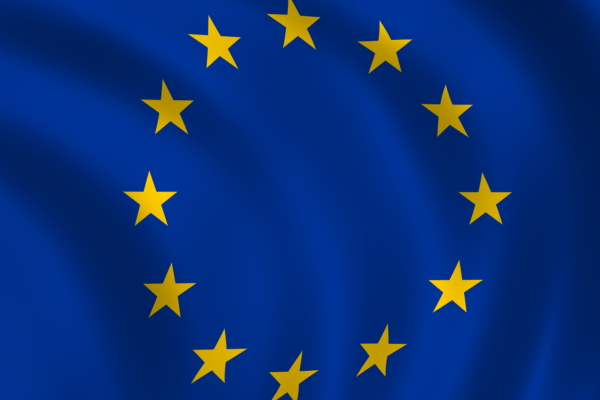Trade in Europe: An Overview of Exports and Imports
Trade plays a crucial role in the economy of this continent. The European Union (EU), as the world’s largest trading bloc, with total trade exceeding €15 trillion in 2022, functions as a major destination and source for exports and imports of goods and services worldwide.
Europe’s Major Trading Partners:
-
EU Member States: Intra-EU trade accounts for over 70% of the bloc’s total trade. Germany, Netherlands, France, Belgium, and Italy are the most important trading partners within the member states.
-
United States: The US is Europe’s second-largest trading partner after China. Trade between the two parties reached over €800 billion in 2022.
-
China: China is Europe’s third-largest trading partner, with trade between the two reaching over €800 billion in 2022.
-
Asia: Asian countries like Japan, South Korea, and India are other significant trading partners for Europe.
-
Neighboring Countries: Europe also has substantial trade with its neighboring countries, including Russia, Turkey, Norway, and Switzerland.
Europe’s Top Export and Import Goods:
Exports: Major export goods from Europe include machinery and transport equipment, chemical products, food and beverage products, and computers and electronics.
Imports: Key import goods for Europe consist of machinery and transport equipment, chemical products, petroleum and mineral products, and food and animal feed.
Barriers to Trade in Europe:
-
Tariffs: Despite tariff-free trade within the EU, some tariffs still apply to trade with non-member countries.
-
Non-tariff Barriers (NTBs): NTBs such as technical standards, sanitary and phytosanitary regulations, and complex customs procedures can hinder trade between Europe and other parts of the world.
-
Transportation Costs: Transportation costs can significantly impact the price of traded goods in Europe, especially for long-distance trade.
The Future of Trade in Europe:
Trade in Europe is expected to continue growing in the coming years. Factors that can contribute to this growth include:
-
Rising Domestic Demand: As Europe’s population and income levels increase, so will the demand for goods and services.
-
Economic Growth in Emerging Markets: Demand for European goods in emerging markets like Asia, Africa, and Latin America is also on the rise.
-
Free Trade Initiatives: The EU is negotiating free trade agreements with several countries and trading blocs, which could boost trade and investment.
Conclusion:
Trade is an essential driver of economic prosperity in Europe. By addressing trade barriers, promoting innovation, and strengthening trade partnerships, Europe can further enhance its position as a global trade hub and contribute to sustainable economic growth and development.

